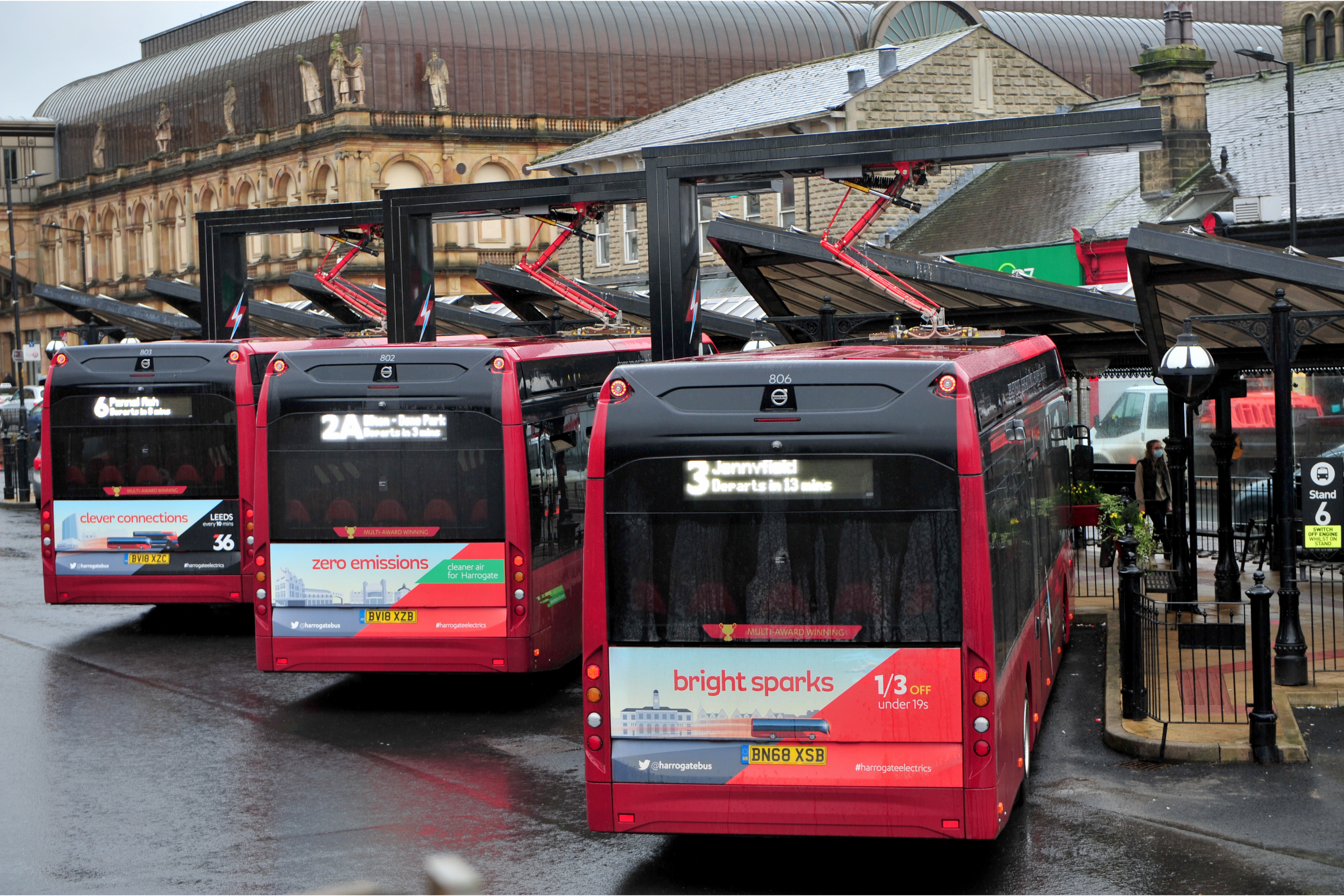October 19 2021
For day two of our Countdown to COP26, Transdev CEO Alex Hornby writes about how bus can reach its potential and help to address the climate emergency.
A climate emergency is upon us. That much is clear, and the fact that we now ought to do something about it is probably no higher on the agenda than now. This represents another excellent opportunity for the bus to prove its power to help solve the big problems.
The cycle of increasing congestion, and how this leads to poor air quality is well-understood. Buses can help break the cycle, providing we give them the right chance.
I’m sure we all welcome the call for more zero-emission buses (with the funding support needing to acquire and operate them), but electric or hydrogen buses aren’t going to solve the problem alone. Indeed, zero-emission cars will only solve half (or less!) of the problem.
For buses to truly thrive and grow, we need that help to deliver them consistently and punctually to our customers. They need to glide through our towns and cities as quickly as possible. Bus customers need to feel good - in fact, they need to feel happier and prouder of their choice to take the bus above any other option.
This is where government and local authority support is crucial. We need our decision makers to put their money where their mouth is and make the brave decisions needed. They will not solve the climate emergency with car-led policies. We will just carry on creating congestion.
However, we also need to look at ourselves in the mirror too. We worked really hard to make our electric buses pleasant places to be. Every day, we set ourselves a standard to deliver “buses that people are proud to be seen on”. We plaster this over our comms so people can challenge us if we don’t meet the standard - and offer them a days’ free travel if we don’t. A zero emission bus in itself isn’t the panacea to create modal shift: many customers may ask themselves “so what?” if the bus and experience isn’t special, too.
Growing bus usage is the quickest win available to help prevent congestion and to reduce the impact of carbon emissions. Both these issues are the same, interlocked problem, and should be recognised as such when we then reach out for the solution. But car restraint as the stick needs a high-quality bus experience as the carrot. And nobody is saying it’s an easy task to recover our businesses amidst structural changes in travelling patterns and a nationwide shortage of bus drivers. Government intervention is critical to help us through this challenge (and, after all, to help us meet their climate targets too), but we should never forget to see ourselves as customers see us if we are to ensure the bus truly meets its potential as the powerful problem solver it is.
